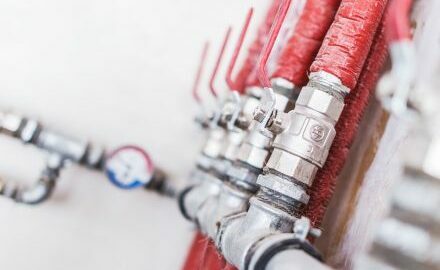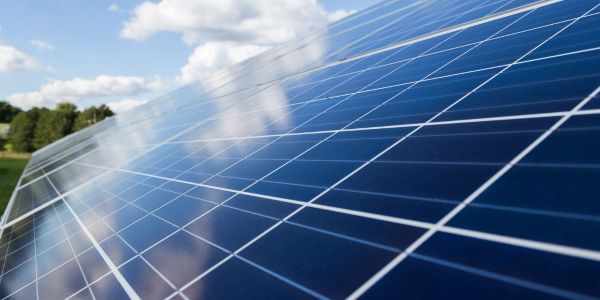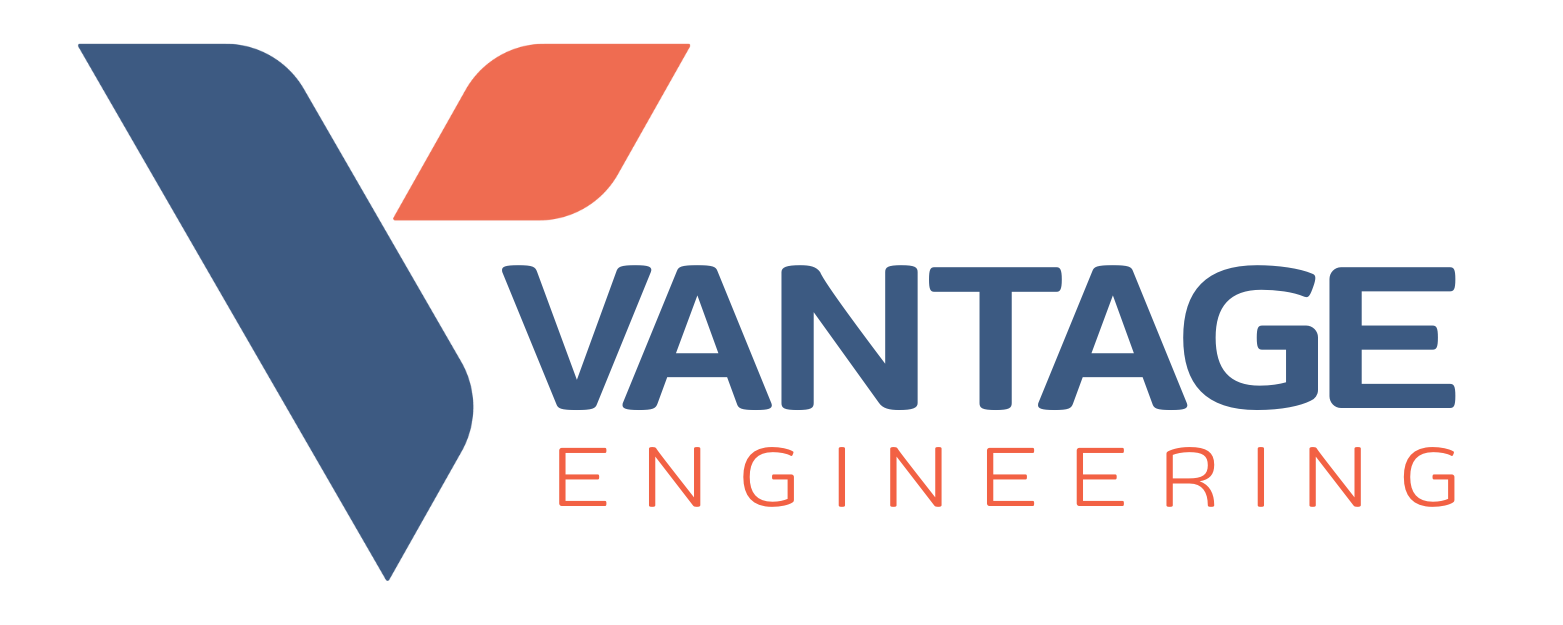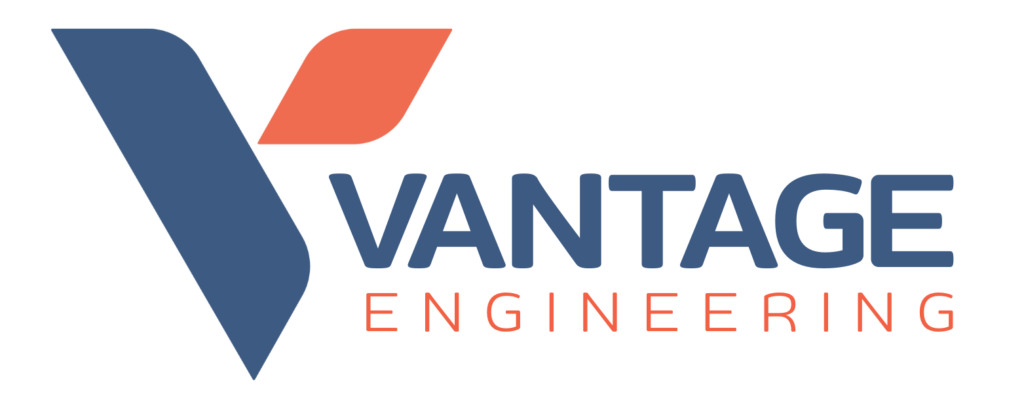In Australia’s harsh climate—marked by extreme heat, bushfires, and cyclones—advanced electrical engineering is critical to building resilient, efficient, and safe infrastructure. With the construction sector under pressure to meet stringent energy standards (like the National Construction Code 2022) and reduce carbon emissions, innovative electrical solutions are pivotal. From smart grids to bushfire-resistant systems, these technologies not only protect lives and assets but also align with Australia’s Renewable Energy Target (RET) of 82% renewable electricity by 2030.
Safety and Efficiency: Tackling Australia’s Unique Challenges

Electrical failures contribute to 40% of bushfire ignitions in high-risk zones, while inefficient systems strain energy grids during heatwaves. Advanced engineering addresses these dual priorities:
Bushfire and Extreme Weather Resilience.
- AS/NZS 3000 Compliance: Designs adhere to Australian wiring rules, incorporating fire-resistant cabling, surge protection, and arc-fault detection to mitigate bushfire risks.
- Cyclone-Rated Systems: Reinforced conduits and waterproof enclosures protect infrastructure in northern Australia’s storm-prone regions.
- Emergency Backup Systems: Solar-battery hybrids ensure uninterrupted power during grid outages caused by wildfires or floods.
Energy Efficiency for a Sustainable Future
- Solar Integration: Australia leads in rooftop solar adoption—advanced inverters and microgrids optimize this asset, feeding excess energy back to the grid or storing it in Tesla Powerwall-style batteries.
- Smart Metering: Aligned with state initiatives like Victoria’s Energy Upgrades program, IoT-enabled meters track real-time usage, slashing costs by up to 30% in commercial buildings.
- Demand Response Systems: Reduce strain on the grid during peak summer demand by automatically adjusting HVAC and lighting in response to price signals.
Local Impact: Australian Case Studies
- Melbourne High-Rise Retrofit: Upgrading to LED adaptive lighting and AI-driven energy management systems cut a CBD office tower’s energy use by 40%, achieving a 6-Star NABERS rating.
- Queensland Bushfire Zone: Installing AFCI breakers and fire-resistant switchboards in a rural community eliminated electrical fire risks while integrating solar storage to ensure off-grid resilience.
Aligning with Australian Standards and Incentives
Compliance with the Australian Energy Regulator (AER) guidelines and participation in programs like NSW’s Energy Savings Scheme (ESS) ensures projects meet safety and efficiency benchmarks while accessing rebates. Innovations like dynamic grid-responsive systems also support the Australian Energy Market Operator (AEMO)’s push for a flexible, renewable-powered grid.
Conclusion
In Australia’s race toward net zero and disaster resilience, advanced electrical engineering is a linchpin. By prioritizing safety, solar synergy, and smart technology, we can create infrastructure that withstands extreme weather, cuts energy costs, and powers sustainable growth.








